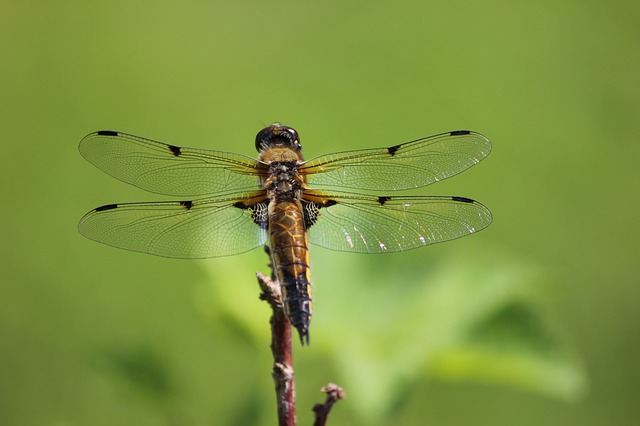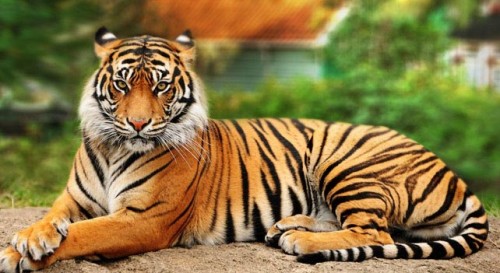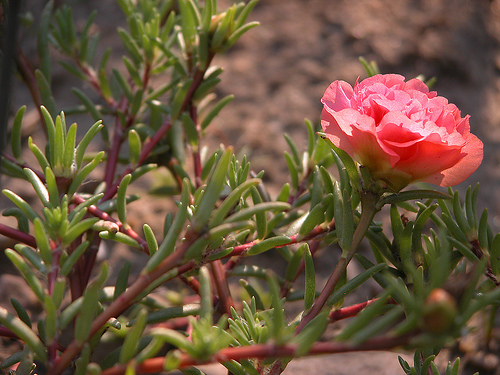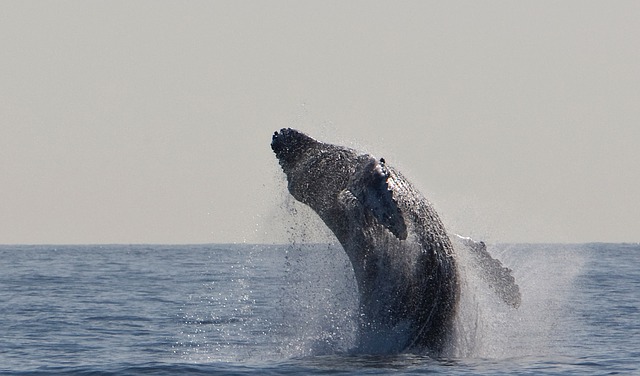Your questions answered. Each week we pick a question asked by our readers and answer them using the help of our resident experts and occasionally guest scientists and researchers eager to resolve your doubts related to the flora and fauna of India. If you have a question, send to contact@indiasendangered.com, or reach us on our social media handles – Twitter, Facebook.
Snow Leopards are one of the most enigmatic wild cats found in India, China, Afghanistan, Bhutan, Tibet, and Russia to name a few countries. Not many people have claimed to have seen them because they live in extremely rugged territories and also because these animals are great at merging with the scenery. You might be staring at one and still not know it!
This superb camouflage is all thanks to their coat which varies from white to cream to pale yellow in colour. It is sprinkled with spots or rosettes which are greyish to black. For a layman all snow leopards might look the same, but the rosettes are so placed, that each cat has a unique pattern on its body which helps scientists identify them as unique individuals.
The tail of the snow leopard is unlike other wild cats. It is almost as long as their body with a length of 80-100 cm, and looks majestic. It is thick and fluffy which helps in keeping the snow leopards warm in the cold regions they live in.
It is used as a muffler or a blanket by the leopard to wrap around their body while sleeping for extra warmth.
It is also used to maintain balance, somewhat like the rope walkers use a huge bamboo stick to balance themselves on a rope. The tail helps the snow leopard from balancing themselves when climbing or walking on the difficult, rocky terrain of the rugged Himalayan mountains.
Sometimes captive snow leopards have been pictured holding their tails in their mouth. Some say it is just a playful behaviour born out of boredom, others say it is used to keep their nose covered. While no one is sure, the snow leopard’s tails do magnify the looks of this enchanting cat in every way.
The Snow Leopard has been marked Vulnerable by the IUCN Red List.
Read More,
Snow Leopard Habitat Mapped in J& K for the First time






Hey that was interesting! Is it a new series? How did I miss it if has been there for a while? shared it to FB!
It is an old series that I’m trying to revive. Thank you for your vote of confidence.